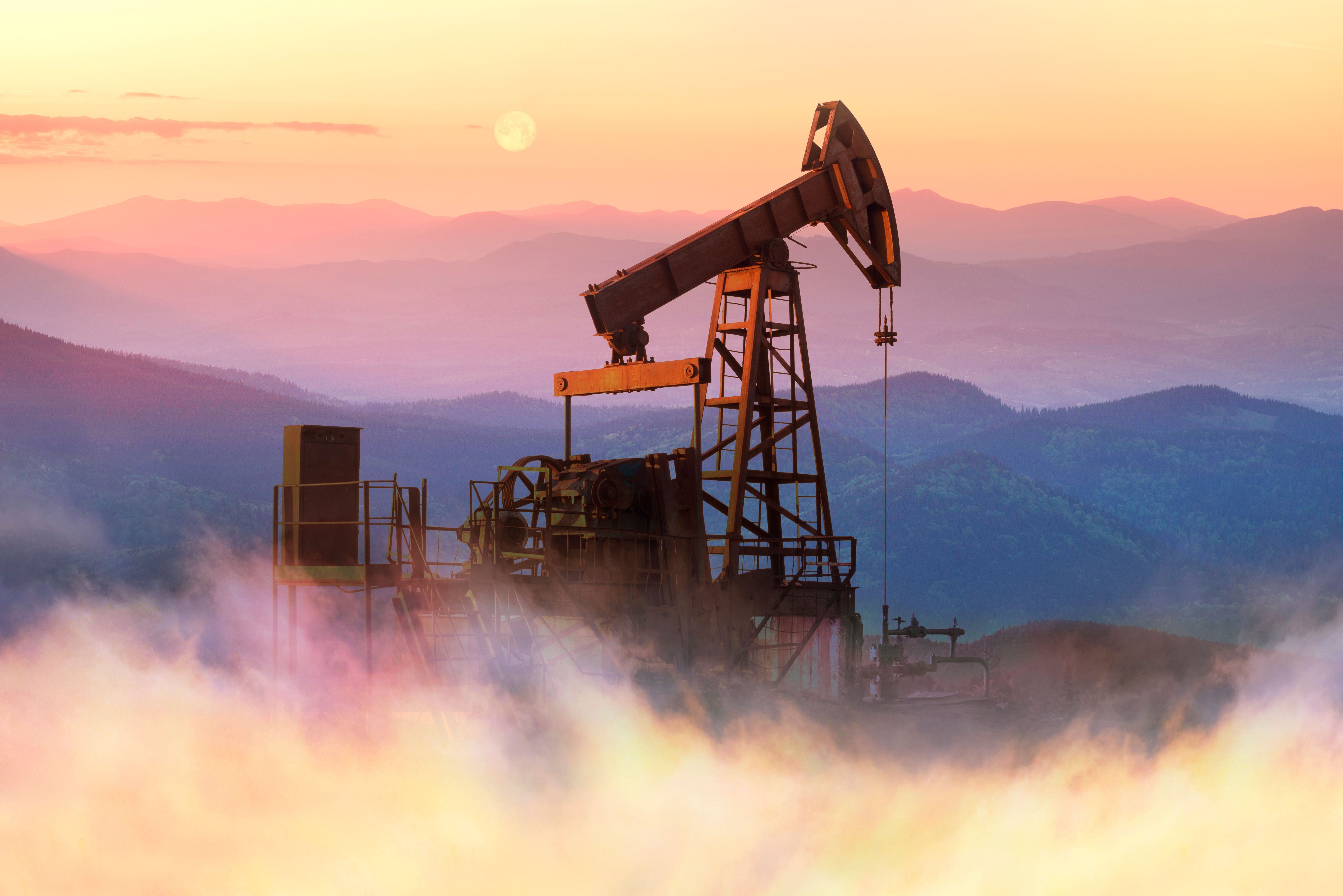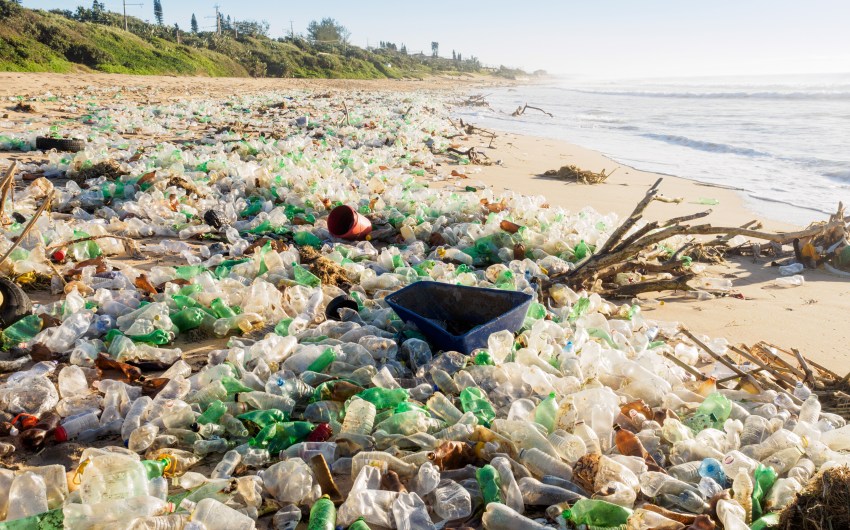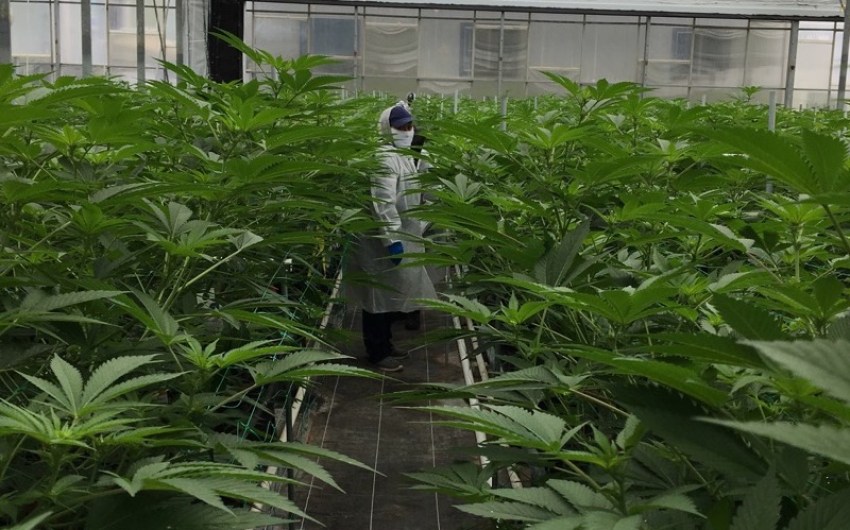America’s Natural Gas Conundrum
Natural Gas and Fracking Are Fighting a Rear-Guard Action, but LNG Is Booming

For several decades, we have been told that natural gas is the bridge fuel in the transition from coal to renewable energy. During this period, carbon emissions from American power plants shrank by 40 percent. Hundreds of coal-fired plants have been retired, many being replaced by natural gas plants.
For years, methane leakage — from extraction wells, processing plants, and pipelines that transport the gas — has been a concern. Why? Because methane is 80-90 times more potent as a heat-trapping gas than carbon dioxide, at least in the short term, and natural gas is almost entirely made up of methane. Since most of the data on leakage has come from the gas industry, the figures published led us to believe that little gas escaped, that the problem was insignificant. However, as independent researchers, using increasingly sophisticated equipment, often carried in aircraft, drones, or satellites, have measured leaks at well-heads, plants, and trunk pipelines, the quantities being recorded are much larger. A recent study found that it takes only 0.2 percent of gas to leak from the production and supply system to be as big a driver of climate change as coal. The numbers being recorded by independent scientists consistently show results that are multiples of this equivalency figure.
As awareness of natural gas’s contribution to climate change has grown, many communities, especially in California, have started banning it in new construction. As a result, the industry is shifting to exporting it in the form of liquid natural gas (LNG). Supercooling the gas to minus 257 degrees Fahrenheit, the temperature at which it condenses into a liquid, reduces its volume 600-fold, making it easier to export. Specialized ships with insulated storage tanks are used for shipping. The storage tanks inevitably absorb some heat, causing some LNG to re-gasify. The “boil-off” gas must be released to maintain the tank pressure. Robert Howarth, a methane expert at Cornell University, says that at best, over its life cycle, LNG is a bigger contributor to greenhouse emission than the burning of coal, 2-3 times greater per unit of energy.
Following Russia’s invasion of Ukraine, Europe has been rapidly shifting from the Russian supply of natural gas to LNG from elsewhere, much of it from the U.S. Our country currently has eight LNG terminals with 17 more in the planning and construction phase. This past year, the U.S. became the top exporter of LNG.
Because of the opposition of concerned citizens, extreme extraction techniques of methane — principally fracking and steam injection — are increasingly being thwarted. Some LNG projects have also been stopped (e.g., off Ventura in 2010) but with the large number of projects in the development phase, climate activists need to expand opposition to these projects. Natural gas is not a climate solution. As UCSB professor Leah Stokes said, natural gas is a “bridge to nowhere.” Developing renewables as fast as possible and electrifying as many elements of our lifestyle as we can are the best strategies.
Premier Events
Sun, Apr 28
6:00 PM
Santa Barbara
AHA! Presents: Sing It Out!
Thu, May 02
5:00 PM
Santa Barbara
Things with Wings at Art & Soul
Sat, May 04
10:00 AM
Lompoc
RocketTown Comic Con 2024
Sat, Apr 27
11:00 AM
Santa Barbara
Santa Barbara Plant Fest
Sat, Apr 27
3:30 PM
Santa Barbara
Santa Barbara Trapeze Co and Unity Shoppe Spring Food Drive
Sat, Apr 27
8:00 PM
Santa Barbara
Beau James Wilding Band Live
Sun, Apr 28
11:00 AM
Santa Barbara
Santa Barbara Earth Day Festival 2024
Wed, May 01
7:30 PM
Santa Barbara
American Theatre Guild Presents “Come From Away”
Thu, May 02
5:00 PM
Santa Barbara
100th Birthday Tribute for James Galanos
Thu, May 02
5:00 PM
Santa Barbara
Meet the Creator of The Caregiver Oracle Deck
Fri, May 03
4:00 PM
Santa Barbara
Santa Barbara Fair+Expo “Double Thrill Double Fun”
Fri, May 03
8:00 PM
Santa barbara
Performance by Marca MP
Sat, May 04
10:00 AM
Solvang
Touch A Truck
Sun, Apr 28 6:00 PM
Santa Barbara
AHA! Presents: Sing It Out!
Thu, May 02 5:00 PM
Santa Barbara
Things with Wings at Art & Soul
Sat, May 04 10:00 AM
Lompoc
RocketTown Comic Con 2024
Sat, Apr 27 11:00 AM
Santa Barbara
Santa Barbara Plant Fest
Sat, Apr 27 3:30 PM
Santa Barbara
Santa Barbara Trapeze Co and Unity Shoppe Spring Food Drive
Sat, Apr 27 8:00 PM
Santa Barbara
Beau James Wilding Band Live
Sun, Apr 28 11:00 AM
Santa Barbara
Santa Barbara Earth Day Festival 2024
Wed, May 01 7:30 PM
Santa Barbara
American Theatre Guild Presents “Come From Away”
Thu, May 02 5:00 PM
Santa Barbara
100th Birthday Tribute for James Galanos
Thu, May 02 5:00 PM
Santa Barbara
Meet the Creator of The Caregiver Oracle Deck
Fri, May 03 4:00 PM
Santa Barbara
Santa Barbara Fair+Expo “Double Thrill Double Fun”
Fri, May 03 8:00 PM
Santa barbara
Performance by Marca MP
Sat, May 04 10:00 AM
Solvang


























